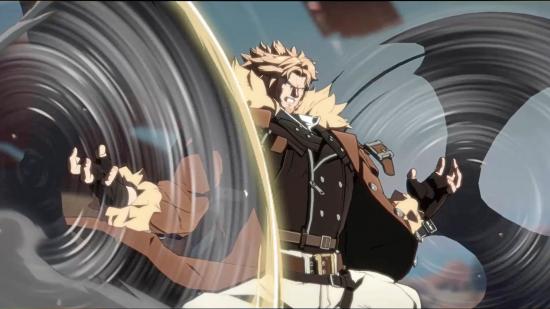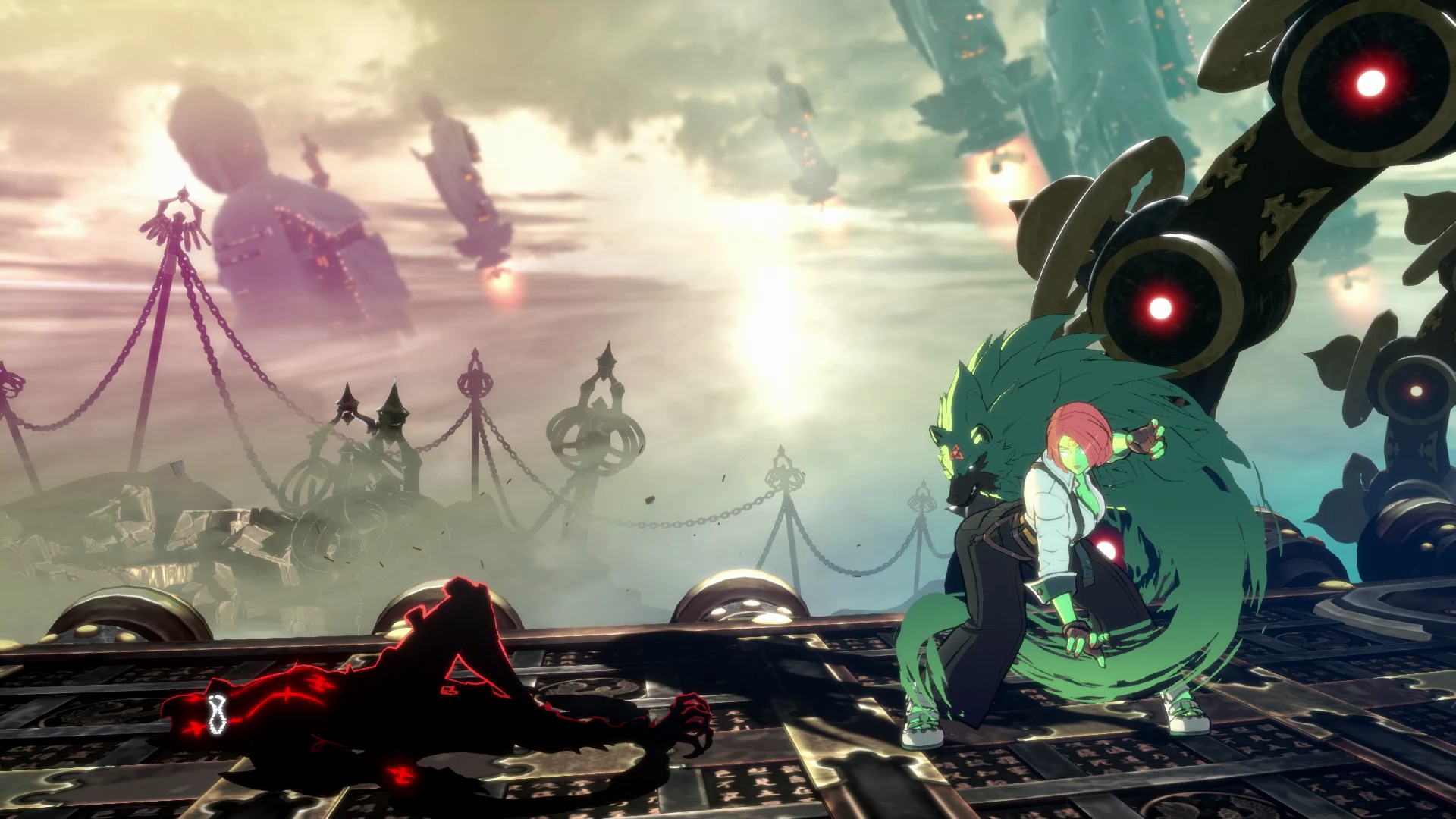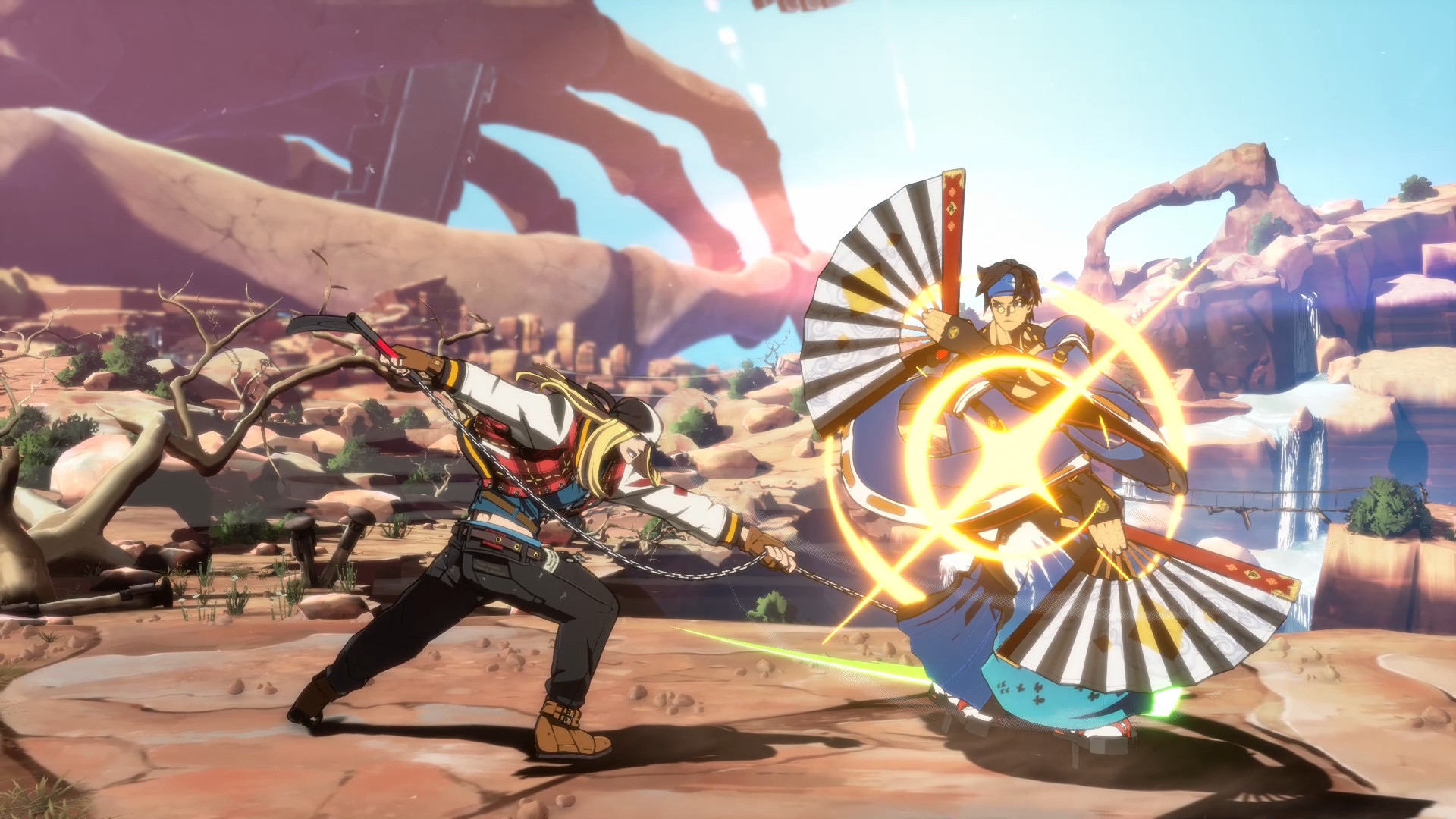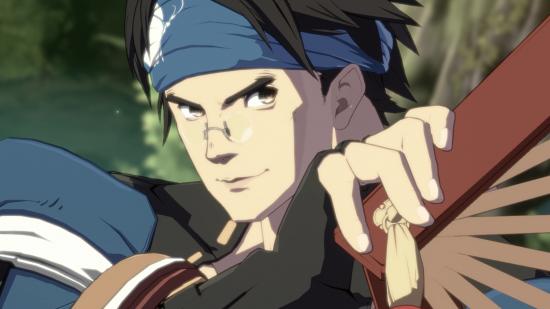With its stunning anime-inspired visuals and eclectic cast of fighters, Guilty Gear Strive has been somewhat of a hidden gem in the fighting game scene. Over the years, it’s gathered a respectable but incredibly passionate fanbase, though this does make it even harder to get into.
While Guilty Gear Strive does a lot to make learning the game easier, but as a genre, fighting games are notorious for their complexity and depth. So whether you’re a fighting game veteran looking to improve your training or a complete newbie, here we’ll list the best Guilty Gear Strive tips to help you take your gameplay to the next level.
You won’t become a fighting game god overnight, but whether you’re looking to climb ranked, join a tournament, or just beat your friends, this guide will help build the mindset and basic skills necessary to improve your overall gameplay.
So without further ado, here are the best Guilty Gear Strive tips for beginners.
Picking a Character
Guilty Gear Strive characters are a diverse cast of anime tropes that all navigate this high-damage, fast-paced game in their own way. To make deciding which one to pick easier, Arc System Works has given each character an ease of use rating, with some characters being easier to use than others.
If you’ve played fighting games before, you can honestly ignore this. If you’re new, the only characters we’d recommend avoiding early on are Zato-1 and Choas as these are highly mechanical characters. In fact, the former’s whole game plan revolves around controlling two fighters at once. Outside of that, you should just pick the character you think is the coolest. The cast is diverse, and you can learn the fundamentals of the game using anyone from the line-up since they all have the same universal tools.
While Nagoryuki and Potemkin are the only two characters who can’t dash in the air or the ground – they have alternative skills at their disposal, both of which are easy to master. Potemkin has Hammerfall, a forward-charging special move that can be cancelled at any time, and massive buttons to help him traverse and control the screen, and Nagoryuki has command dashes and similarly big normals.
These two might be slow in comparison to the rest of the characters, but if mastered, they have everything they need to dominate the game, so don’t be afraid to give them a shot.
Mission Mode
The Xrd series of games had an expansive mission mode that taught players everything, from basic inputs to advanced techniques, and match-up specifics, and Strive’s is no different. Be sure to tackle at least the first four tiers before heading into ranked.
The first two levels cover basic movement and general fighting game mechanics, while the third teaches you many Guilty Gear Strive-specific mechanics. You can skip to four and five if you already know these, which will help you learn burst-safe combos and advance defensive techniques you can apply in actual matches.
Training Mode
Strive’s training mode is comprehensive but it can be overwhelming. While it doesn’t have frame data listed, it can give you a good idea of what moves do and don’t have an advantage. After you’ve gotten familiar with the motions and controls of your character, go into counter-attack settings and have your opponent hit their fastest normal after block, hit, and recovery (usually a standing punch).
Once you’ve done that, set them to block all in opponent status and try to land a counter hit. As a rule of thumb, if your sequence counter-hits your opponent, that first move had advantage (or was plus on block). Unless you did a cancel, which is one of the techniques covered in the mission mode. Either way, these are important things to pick up because they are the backbone of your offense.
If your opponent hits you, either that first move you did was disadvantaged (or negative on block) or the second move you did was too slow.
Just remember that not everything is about frame data – try spacing things out too.
Using your Universal Anti-Air
Every character’s forward punch has upper body invincibility, meaning it’s an excellent anti-air. But importantly, it can also be used to counter oppressive mid-ranged moves like Sol or Ramlethal’s far-standing slash. You can dodge most, if not all, standing normal with this – provided you have a good read on your opponent’s timing.
This simple input can help you overcome a range disadvantage or squeeze out of pressure, just don’t overdo it because these moves do still have a start-up.
Stagger Your Pressure
Suppose you already have a general understanding of how to play, but you’re having a little trouble opening up incredibly defensive opponents. In that case, they probably already have an idea of what to expect from either you or your character. While throwing is a good way of breaking a foe’s defences, most of these moves are fairly light in the damage department. Instead, you can tempt your opponents into making a mistake by altering the timing of your attacks.
For instance, if you’re a Sol player who likes to hit a close slash into a heavy slash, try waiting for half a second and make them block another slash attack instead. Now, if your enemy continues to refrain from input, you’ll start racking up their RISK gauge (also covered in Strive’s mission mode), making the next attack they take hurt more. And if they wind up hitting a button at a bad time, you’ll land a counter hit for some massive damage.
Some characters are better at this than others, but it’s a good thing to keep in mind no matter who your main character is.
Watch Your Losses
For a lot of people, watching your losses is the most challenging and necessary thing to do on this list. Whenever you come across something you’re confused by while playing online or offline, head to the collection menu and enter replay mode.
A standard feature of all fighting games, replay mode is an invaluable tool to any player interested in improving their gameplay. Here you’ll need to watch the matches and make notes of anything that puts you in a vulnerable position. For example, if someone jumped over you or hit you with a big button mid-screen, maybe you just backdashed one too many times. Whatever it is, making a note of it is the easiest way to understand what you need to do to improve in any given situation. Be sure to clock positive things too, since it’s easy to get hung up on your losses.
Beyond all of that, be sure to have fun. Fighting games are still games at the end of the day; if you’re feeling stressed out or overly frustrated at any point, take a break, and come back to the next fight with a clear head.



